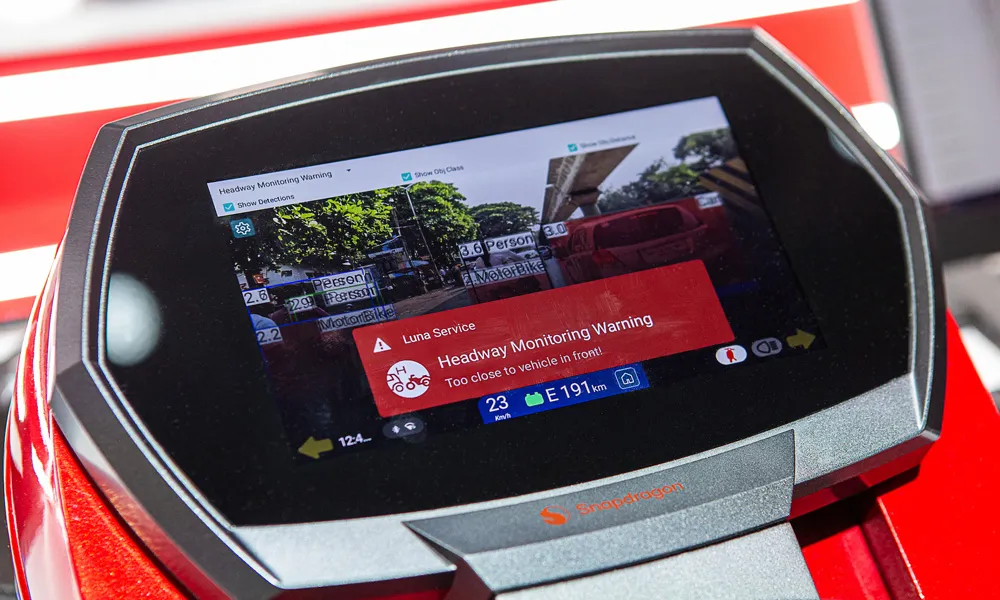According to a new research report from the analyst firm
East Asia, Western Europe and North America are the main regional markets, accounting for around 75 per cent of the installed base. In the next five years, the global number of wireless M2M connections is forecasted to grow at a compound annual growth rate (CAGR) of 22.9 percent to reach 599.7 million in 2019.
The mega-trend driving technology adoption in Europe and North America is what Berg Insight calls the concept of connected management. “The IT revolution has created new opportunities to collect and analyse data for the purpose of managing objects and behaviours”, said Tobias Ryberg, senior analyst, Berg Insight. “Connected management is based on the connection of remote devices to applications for the purpose of managing assets and products, costs and revenues, relationships and behaviour etc.”
Connected cars are a typical area where connected management is applied, as the automobile manufacturers develop solutions enabling themselves and the driver to manage the vehicle and the driving experience through a range of applications. Connected fleets is the underlying trend for most other vehicle-based applications that enable fleet operators and external stakeholders such as governments, insurance companies and financial service providers to manage vehicles, operations, risks and revenues associated to the vehicle such as taxes and insurance premiums. The connected enterprise is emerging as a blueprint for corporate management, based on the vision that every asset and product should be directly linked to the enterprise network, feeding data in real-time to relevant IT systems.
Connected management mega-trend drives the global wireless M2M market
According to a new research report from the analyst firm Berg Insight, the number of global mobile network connections used for wireless machine-to-machine (M2M) communication will increase by 21 per cent in 2014 to reach 213.9 million at the year-end.
East Asia, Western Europe and North America are the main regional markets, accounting for around 75 per cent of the installed base. In the next five years, the global number of wireless M2M connections is forecasted to grow at a compound annual growth rate
August 21, 2014
Read time: 2 mins







